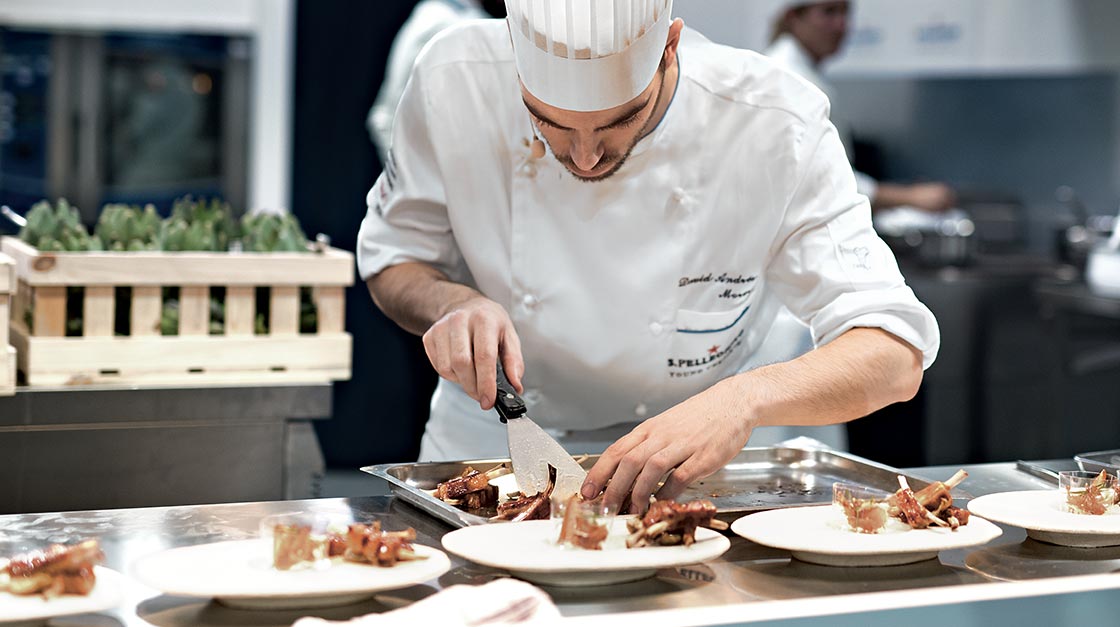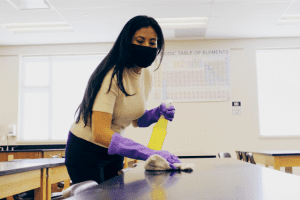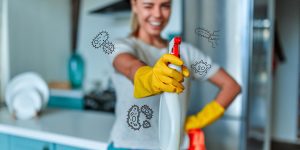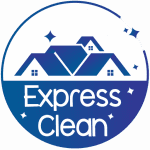Understanding Food Hygiene and Safety Standards: Best Practices & Key Insights
Maintaining proper food hygiene and safety standards is critical in any facility, whether you manage a commercial property, a Chicago home, or a public space. Facility managers, homeowners, and operations leads must ensure compliance with health codes, minimize cross-contamination, and protect occupants’ health. Let’s explore best practices, essential materials, cleaning chemistry, and how to schedule cleaning efficiently to ensure your space meets strict food safety expectations.
What Are Food Hygiene and Safety Standards?
Food hygiene standards refer to the protocols and processes set by health authorities to minimize the risk of contamination and promote safe food handling. For facilities in Chicago and its suburbs, adhering to these standards helps maintain compliance with local regulations and fosters trust among building occupants.
Why Prioritize Food Hygiene in Shared Spaces?
In communal environments, kitchens, and dining areas, even minor lapses in hygiene can trigger outbreaks of illness. Managers and homeowners must consider not just visible cleanliness, but the elimination of pathogens on surfaces, utensils, and storage areas.
Best Practices for Food Hygiene and Safety
- Routine Cleaning Schedules: Create a clear, documented cleaning timetable for all food preparation and serving areas. This minimizes risks from forgotten or overlooked tasks.
- Appropriate Cleaning Products: Use disinfectants with a neutral pH (6-8) that are food-safe and compliant with manufacturer and facility requirements.
- Material Compatibility: Select chemicals that won’t damage high-touch food contact surfaces or equipment.
- Dwell Time Adherence: Follow the manufacturer’s recommended dwell time for surface disinfectants (usually 5–10 minutes) to ensure proper pathogen elimination.
- Cross-Contamination Controls: Color-code cleaning cloths and equipment for different zones—such as prep counters, dishwashing stations, and eating surfaces.
- Proper Waste Handling: Use sealed bins and dispose of trash daily to avoid pest attraction.
- Personal Protective Equipment (PPE): Equip staff with gloves, aprons, and face masks as appropriate for each cleaning procedure.
Table: Recommended Cleaning Materials and Their Use
| Surface Type | Recommended Cleaner | Dwell Time |
|---|---|---|
| Food prep counters | Food-safe disinfectant, neutral pH | 5–8 mins |
| Utensils & trays | Commercial sanitizer (quaternary ammonium/based) | Contact, rinse after 1 min |
| Floors | Detergent, mop with hot water | 10 mins (no bare skin contact) |
| High-touch handles | Alcohol-based wipe (70%+ ethanol) | 30 sec – 1 min |
Materials & Chemistry: What You Need to Know
For safe and effective cleaning, it’s vital to understand the chemistry involved. Not all surfaces tolerate harsh disinfectants; stainless steel prep zones, for example, require neutral pH cleaners to avoid corrosion. Quaternary ammonium compounds (“quats”) are popular for their broad-spectrum efficacy, but always check residue safety on food contact surfaces.
According to GBAC STAR accreditation, facilities should verify that selected cleaning products are proven against the pathogens of concern and that staff are trained in their correct use—for example, observing label directions and proper rinsing protocols after disinfection.
Scheduling Efficiency: Reduce Risk, Save Time
Efficient cleaning schedules balance risk reduction and minimal disruption to operations. For commercial kitchens and high-traffic buildings in Chicago:
- Clean high-touch surfaces after each meal service or shift change.
- Deep clean storage fridges and non-public spaces weekly.
- Audit cleaning logs monthly to ensure compliance and catch overlooked spots.
Automated reminders, checklists, and digital logs can streamline management, ensuring that nothing falls through the cracks.
Ventilation and Air Quality in Food Service Spaces
Facility air quality is an often-overlooked component of food safety. According to the ASHRAE Guidance for Filtration & Disinfection, maintaining proper air exchange and using compliant HEPA or MERV filters helps minimize airborne transmission of pathogens, especially important in crowded kitchens or serving areas.
Common Food Hygiene Pitfalls
- Using the same cleaning tool for raw and cooked food surfaces.
- Missing high-touch areas like refrigerator handles or light switches.
- Poor recordkeeping for cleaning and waste disposal activities.
- Insufficient training in PPE selection and proper glove changes.
Further Learning
- Avoiding common commercial cleaning mistakes
- Classroom-specific hygiene tips
- Choosing the right cleaning products for sensitive areas
- Cleanliness and its impact on workplace wellness
- Optimal cleaning frequency in health-related settings
Taking Action for Safer Facilities
Whether you oversee a large facility, run a restaurant, or manage a home in the Chicago area, prioritizing food hygiene is a powerful investment in safety and reputation. If you’re seeking a partner for high-quality, compliant cleaning service, book office cleaning in Chicago or schedule move-out cleaning with Express Clean today.

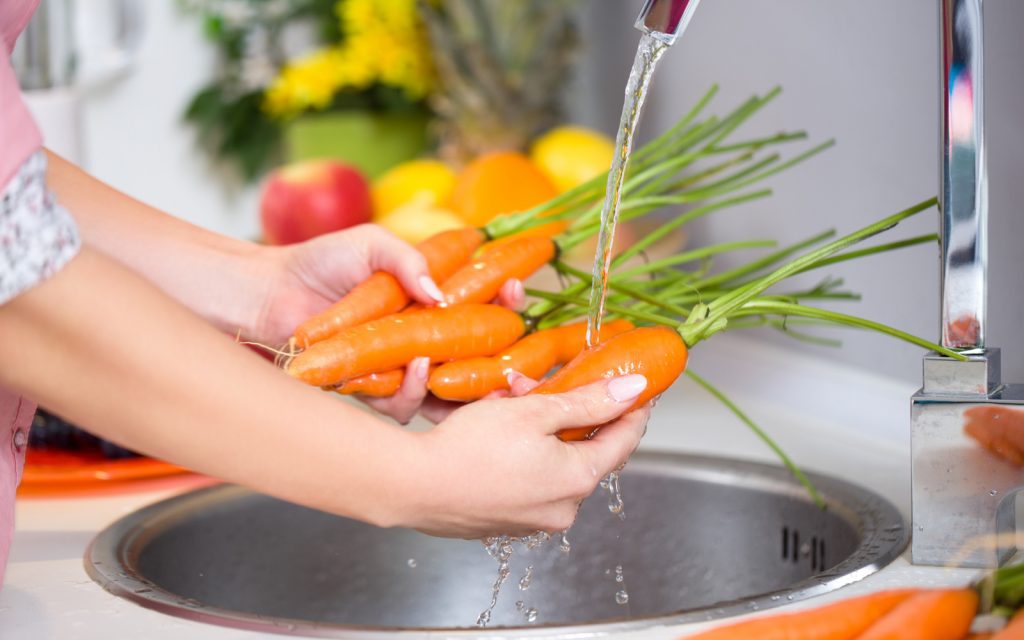

Chicago Food Safety Regulations, Restaurant Cleaning Chicago, Chicago Restaurant Cleaning Service, Best Cleaning Service Chicago, Handwashing Guidelines, Safe Food Handling, Commercial Kitchen Cleaning Chicago, IL, Restaurant Cleaning Services Chicago, Restaurant Cleaning Service Near Me, Food Safety Requirements (Chicago)

